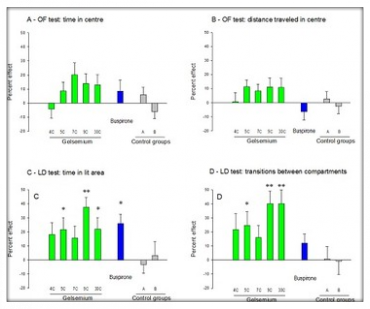Homeopathy-Eng - PaoloBellavite14
Menu principale:
Homeopathy-Eng
Brief history
Our group has been involved in the scientific research on the homeopathic medicaments since 1990. The first paper was published in "Annals of Superior Institute of Health" (in Italian), then we published several papers that are described in this website and the major research book "The Emerging Science of Homeopathy". The homeopathic "Simile" was worked out in the years 1997-2014. We were skeptical until we directly verified the pharmaceutical activity of dilutions beyond the Avogadro constant. In fact we obtained experimental evidence that both IN VITRO on cellular systems (Basophils and Neurons)and IN VIVO on animal systems (Rat and Mice) (see figure here right) that homeopathic drugs are effective, even beyond the Avogadro-Loschmidt constant . We are among the few scientific teams showing so clearly the phenomenon through conventional validated methods.
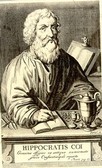
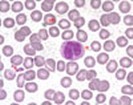
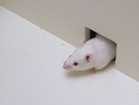
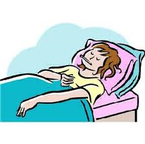

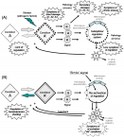



Homeopathy scientific theory in 7 points
Our updated view on the pharmacological action of homeopathic drugs could be summarized as indicated in the following points:
1. The "similia" (or similarity) principle holds that the medicine capable of regulating a diseased organism (individualized homeopathic therapy) is the same medicine which is capable of inducing a similar pattern of symptoms in a healthy organism. Homeopathic pharmacopoeia is grown with careful experimentation of hundreds of substances on healthy people to detect their specific and global perturbing power.
2. The therapeutic similarity of drug action may be fundamentally based on the widespread phenomenon of inversion of biological effects dependent on the dose (in homeopathic terms, dilution and "dynamization") and/or on the physiological state of the receiver organism. Stressed living systems my have opposite reactions to the same drug as compared with normal systems. (>>Paper with more details) (>> Review written in y. 2021)
3. The medicine that has been chosen according to the similia principle may be perceived by specific regulatory systems - that have a crucial role in the dynamic of the diseaseas - a heterologous "similar" signal. The heterologous similarity is with endogenous signals which lost their regulating capability due to blocks of homeodynamics and attractor changes. The specific signal may trigger a homeodynamic reaction that shifts the global dysequilibrium of the ill person toward a new dynamical attractor, proximal to the healthy state. (>>Paper with more details). Specificity of information may be based on the sensitization (priming) of the receiver due to biological stress, on the use of ultra-low doses/high dilutions of medicines and on the complexity of the remedy actions at various levels.
4. In acute diseases, homeopathic regulation may be regarded as homeodynamic regulatory feedback, in chronic disease as "unblocking" of pathologic adaptation and orientation towards correct responses. (>>Paper with more details)
5. The clinical application of the similia principle (symptom analysis in the complex field of the whole person) may allow the identification of specific remedies even in the lack of detailed knowledge about the single molecular mechanisms of disease and of drug action. There is good evidence that Homeopaty is effective in placebo controlled trials and in observational studies (>>Paper with more details)
6. The homeopathic clinical methods proceeds from fine semeiotics to fine pharmacology ( nanopharmacology), thus bypassing the knowledge of single mechanisms and even the current nosological diagnosis. Of course neither analytical mechanisms nor the diagnosis should be ignored by the homeopathic physician but should be accounted for in a integrated approach. Individualization of care is the key of success of homeopathy; however, homeopathic medicines may work as curative drugs of specific symptoms even in the absence of full individualization of prescription. In any case, their use should be prescribed and followed-up by expert physicians.(see BOOK)
7. A number of theoretical and experimental approaches, including quantum physics, conductometric and spectroscopic measurements, thermoluminescence, and model simulations investigated the peculiar features of diluted/succussed solutions. It is likely that the molecules of active substance act as nucleation centres, amplifying the formation of supramolecular structures and imparting order to the solvent. Three major models for how this happens are currently being investigated: thewater clusters or clathrates, the coherent domains postulated by quantum electrodynamics, and the formation of nanoparticles from the original solute plus solvent components. (>>Paper with more details)
